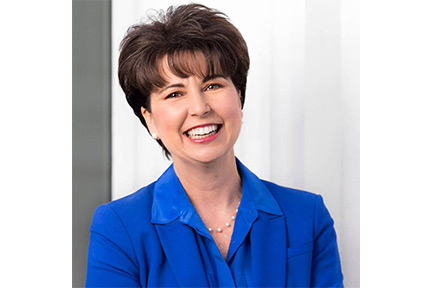SB 1343 Requires New Charter Schools to Participate in CalSTRS / CalPERS
SACRAMENTO – On Wednesday, legislation authored by Senator Connie M. Leyva (D-Chino) to ensure that every teacher in California has the retirement security offered by our state pension systems passed from the California State Senate.
Sponsored by the California Federation of Teachers and supported by the California Labor Federation, California School Employees Association, California State Teachers’ Retirement System and California Teachers Association, SB 1343 will specifically require newly created charter schools to participate in the California State Teachers’ Retirement System (CalSTRS) and/or the California Public Employees’ Retirement System (CalPERS). This measure also puts safeguards in place for retirement payments when a charter school falls behind or shuts its doors completely.
SB 1343 creates an automatic payment stream, requiring a County Office of Education to send payment to CalSTRS and CalPERS for charters in their geographical boundaries when a charter’s education funding dollars are disbursed from the state.
“SB 1343 will ensure that employees at newly created charter schools—which are funded with public dollars—have access to the same retirement opportunities as other employees. Regardless of where they may teach, all teachers should be able to access a defined benefit system to improve their quality of life when they retire,” Senator Leyva said. “Without access to CalSTRS or CalPERS, many charter school teachers are unfortunately left with retirement options that can depend far too much on the stock market—and the risk primarily on themselves and their loved ones. California teachers guide and educate our next generation of leaders, so it is vital that we give them access to a secure retirement after so many years of public service. I thank my Senate colleagues for supporting this important measure that will uplift teachers across California and help to safeguard their economic future.”
Unlike a traditional public school, a charter school can select whether to allow its employees to join the state’s public pension system or offer an alternative retirement benefit, such as Social Security or a 401(k).
Since the enactment of the 2014 CalSTRS Funding Plan, an increasing number of charter schools are choosing alternative retirement benefit options. Before the 2014 CalSTRS Funding Plan was adopted, only about 10 percent of newly created charter schools each year chose not to participate in CalSTRS. Since the Funding Plan’s enactment, however, nearly 33 percent of newly created charter schools each year choose not to allow their employees to participate in CalSTRS.
Following the approval by the California State Senate, SB 1343 will now move to the California State Assembly for consideration.
Per the Bill:
LEGISLATIVE COUNSEL’S DIGEST


2 comments
What a joke ! Defined Benefit pensions …. long gone form the Private Sector due to their VERY high cost ……. shouldn’t be expanded for new or existing workers. In fact, FAIRNESS to CA’s Taxpayers would call for an immediate freeze towards ANY further accruals in these Plans for EXISTING as well as new workers.
But of course we know that CA’s politicians not only won’t do what right, just, and FAIR, but will continue to expand such benefits and abuse their States Taxpayers because they simply can’t resist the block-voting and campaign contributions of the Teachers (and all other PUBLIC Sector) Unions that they please with all the give-aways.
And please enlighten me …………… almost NOBODY in the Private Sector gets employer-sponsored (and often free or very heavily subsidized) retiree healthcare benefits any longer …….. so why shouldn’t such benefits immediately END for Public Sector workers?
Did you notice these words …. “This measure also puts safeguards in place for retirement payments when a charter school falls behind or shuts its doors completely.”
“Safeguard” my foot ! Translation ……….. if a charter school goes belly-up and there is no money or insufficient money to pay the pensions ………….. they’ll stick the Taxpayers with the bill.
Comments are closed.